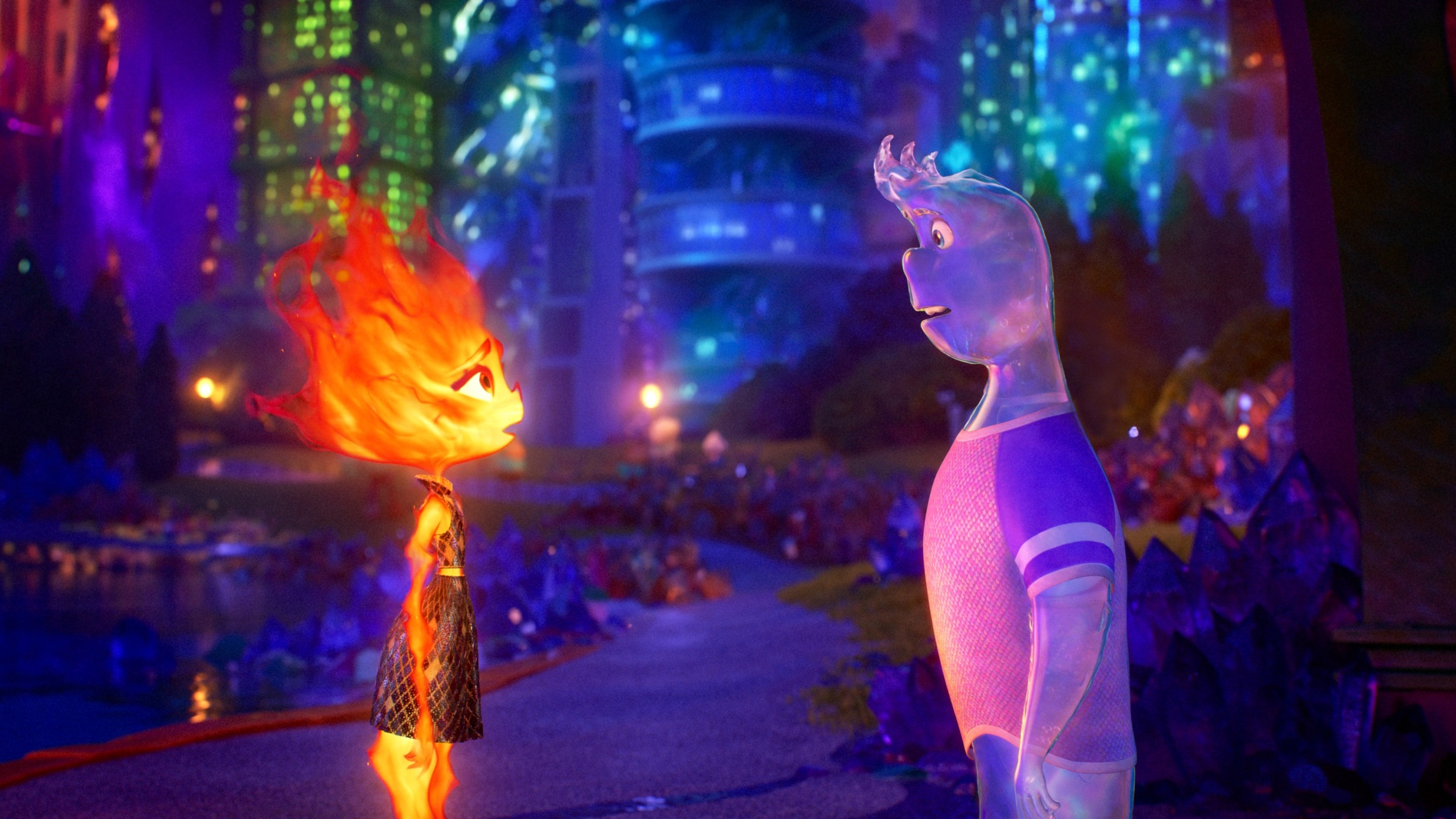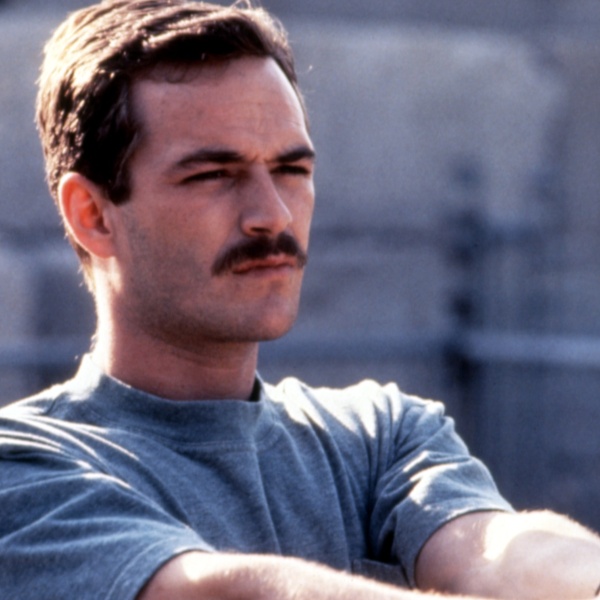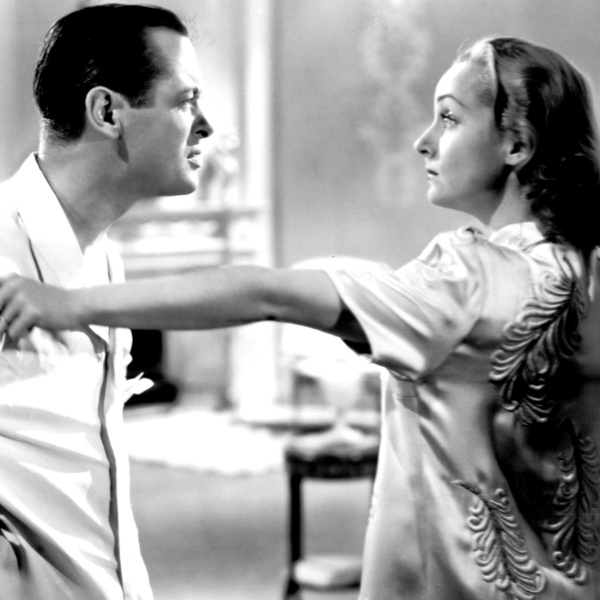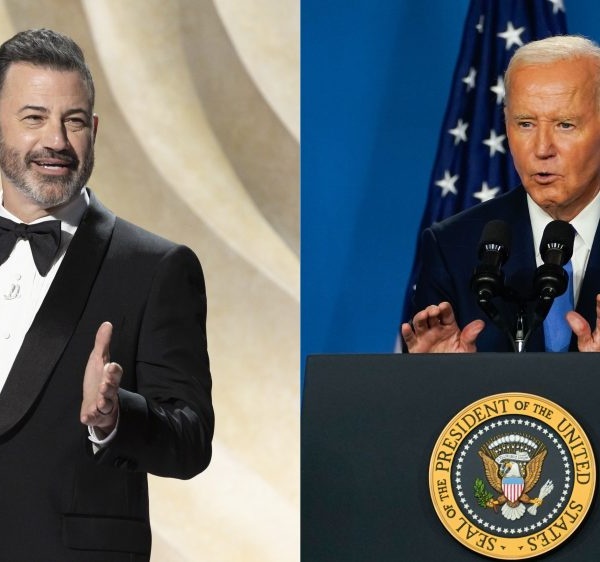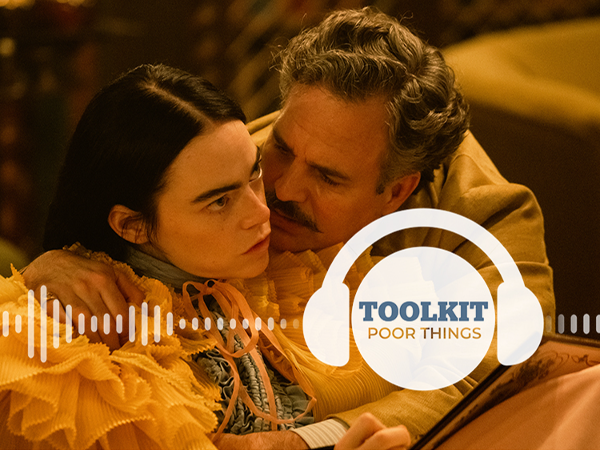[Editor’s note: The following interview contains spoilers.]
After a disappointing premiere at Cannes, mixed reviews, and low box office forecasts (below $40 million), Pixar’s ambitious “Elemental” heads into theaters with a big question mark: Will audiences embrace this ultimate opposites-attract love story between Ember (Leah Lewis) and Wade (Mamoudou Athie)? After all, fire and water don’t mix. But director Peter Sohn built Pixar’s first rom-com around the very proposition that they can unite. That’s the whole point of this elaborate animated world and character building (as a tribute to his Korean parents’ immigrant story and his own mixed marriage). If fire and water can overcome their differences and co-exist, then so can humanity.
“The first question was: If fire and water could even connect or fall in love,” Sohn told IndieWire. “And that was a promise to what this intimacy would be. So much of the development of this was us trying to understand how to use the effect [of these two elemental characters] in a cinematic way.”
In their first iterations, Ember and Wade came off as superheroes, throwing their fire and water around as displays of energy (they represent Pixar’s first fully-simulated, volumetric characters in a joint collaboration between effects and animation). “Soon, very quickly, I found a connection through using the elements to reflect emotions,” added Sohn. “What do Wade’s bubbles feel like or Embers’ roiling? Does that feel like stress?
“Once we got there, I felt like there was an opening for us to understand how these characters could begin to connect,” he continued. “Something that was different for me in terms of other movies that I’d worked on here was: It wasn’t just a buddy film about miscommunication, these two characters had holes in them and trying to understand how they fill each other up was the first journey.”

But understanding the chemistry between Ember and Wade proved difficult before resolving their identities: She has anger management issues and he has his own unresolved emotional issues. “Ember, as our main protagonist, was trying to figure out where she belonged, how the burden of her family sat on her,” Sohn said. “And because she didn’t belong, that sort of created a wall in her. I mean, her hole really was about something subconscious in there.”
As for Wade, his “being so much of a high IQ and being so emotional, became this mirror character, meaning he was gonna reflect Ember, but also become that safe place for Ember to become vulnerable. It helped us understand how they were gonna be intimate.”
A memorable moment reveals great intimacy when Wade sneaks Ember into an underwater garden so she can finally see her favorite flower, the Vivisteria, which has remained elusive since childhood because of fire restriction laws.
“It starts out as a spark for her,” Sohn continued, “but it also becomes a concept of her identity. And it really tied to my experience of trying to understand: Am I Korean or am I American? And that hyphenation started to layer into the little bubble that protects Ember underwater. It helps her heal some of the xenophobia that happens to her, which totally connects to identity when someone tells you that you don’t belong.”

In fact, “Elemental” took a dark turn early in production with the passing of Sohn’s father. He was so grief-stricken that he made Ember a much angrier character. (Later, toward the end of production, his mother passed away as well.) “She was really, really angry and blew up a building, and her father became a pariah,” he said. “When everyone [at Pixar] saw this version, they knew what I was going through. And they asked if this is what I originally wanted to do? I was like, ‘No, I always wanted something more hopeful.’”
But the greatest challenge was figuring out their first touch and the chemical reaction that it stirred in both of them. “There was so much tension of what this contact was, the fear that they could be killing each other,” said Sohn. “It was one of the first things that I boarded on the show. This is not old love, this is new love. So there was the external part, but then there was also trying to reflect that they wanted to connect. What is this chemistry? Is it magnetic, electrical? This boiling, this roiling?”

For Sohn, this directly ties the emotional and visual appeal of “Elemental.” It’s both an intimate and epic spectacle. Yet it’s a nervous time for Pixar, given last year’s box office failure of “Lightyear,” which marked its first theatrical release coming out of the pandemic. The studio aims to remind audiences of its special animation brand with this original movie that deserves to be experienced in theaters as much as “Spider-Man: Across the Universe” and “The Super Mario Bros. Movie.”
“It’s great that we’re back in theaters and we’ve really made this for the big screen,” Sohn said. “Disney’s also letting this live longer in the theaters. It won’t go on Disney+ until fall or winter. And we made it in 3D as part of that moviegoing experience. There was a new level of immersion that made me focus on certain aspects of it. And because these characters aren’t human, it pushed the concept of their elemental-ness. When Ember turns her head in 3D, there are transparent levels that are moving around, that created a new level that was really interesting. I am biased, but we’re in a brave new world, I guess.”
